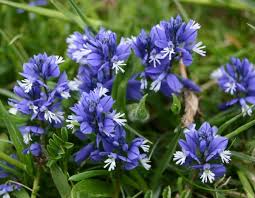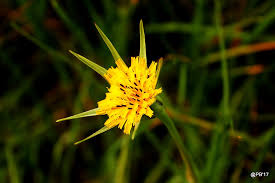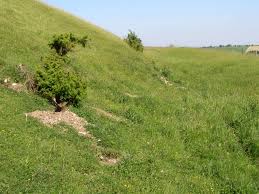|
kidney vetch- milkwort- birds foot trefoil. Flowers of the downsI'm just in love with all these three, The Weald and the Marsh and the Down country. Nor I don't know which I love the most, The Weald or the Marsh or the white Chalk coast! I I've buried my heart in a ferny hill, Twix' a liddle low shaw an' a great high gill. Oh hop-bine yaller an' wood-smoke blue, I reckon you'll keep her middling true! I've loosed my mind for to out and run On a Marsh that was old when Kings begun. Oh Romney Level and Brenzett reeds, I reckon you know what my mind needs! I've given my soul to the Southdown grass, And sheep-bells tinkled where you pass. Oh Firle an' Ditchling an' sails at sea, I reckon you keep my soul for me! Rudyard Kipling Ah, how I missed the Downs during lockdown and although it has been a worthwhile pursuit noting the flowers of the Cityscape I missed the Downs where I work. Old Winchester Hill is about two miles from the Sustainability Centre where I teach outdoor education. The site is a 66.2 biological Site of Special Scientific Interest as well as a Nature Conservation Review site and a National Nature Reserve. As you arrive and join the pathway you are greeted by long grass with the common sights of burdock, hogweed and willowherbs with a splash of yellow toadflax and the taller mignonette. The distinctive Jack go to bed by noon spreads its petals ready to close them at midday.The trefoils creep through the undergrowth and the yellow vetchling and the greater birds foot trefoil compete with the invasive species which indicate there is more here than the average grass sward. Left to Right- Jack go to bed by noon- Fragrant orchid - Yellow vetchling Then the magic happens, the more natural habitat of the unimproved grasslands of the Downs erupts before you with breathtaking beauty. The low clipped grass reveals a mosaic of hawkweeds, hawkbits, orchids and yellow rattles. Red kites soar above you seemly replacing the buzzards of the lower areas, skylarks rise in song as if they were presenting the climax of an aria in a famous opera and pipits dart around as if they are propelled by joy, the pulsing heartbeat of Nature seems to call out to the exploring naturalist. These Downs depend on the traditional hill-farming of England and although this area is a National Park much of the countryside is in a man-made state due to early clearances of woodlands. Ironically this biodiverse site shows human-habitation and therefore land clearance from at least the Iron age and maybe earlier as Bronze Age barrows are present within the remains of an Iron age Fort. Beatrix Potter most known for her illustrations was an avid conservationist and keen farmer demonstrating that farming and conservation can go hand in hand. Thanks to her much land has been preserved in the Lake district as she worked diligently with the National Trust which depends on pastoral farming for the survival of thousands of plant species, which in turn preserves insects, birds and mammals. Left to Right- Characteristic hangar woods- Ancient Yews- Rare Juniper trees As you approach the remains of an Iron-age Fort you receive glimpses of the original natural landscape literally clinging to the steep slopes creating hangar woodland that is so prevalent in the undulating hill landscape of this area. The trees are exquisite ancient living monuments of extreme importance consisting of the native rare junipers and yews which are thousands of years old! I shall take these visions and memories home and just like Beatrix Potter :- 'Thank God I have the seeing eye, that is to say, as I lie in bed I can walk step by step on the fells and rough land seeing every stone and flower and patch of bog and cotton pass where my old legs will never take me again.' Beatrix Potter If you have enjoyed this article and wish to receive our free newsletter packed with information on trees, plants and nature connection please subscribe below. May Nature continue to inspire you.
1 Comment
7/4/2020 11:06:43 pm
I love to smell flowers, flowers that has that strong smell of fragrance. It is so sweet and the scent is really attracting. The different colors and sizes of these flowers are really tempting, but I want to try them one by one so that there will be no flower that will be left out. I want to be honest with myself. I will be smart in handling these flowers. The flowers that will give me that pretty look and wonderful scent.
Reply
Leave a Reply. |
Details
Poetry of flowersJoin me to explore the flora of the British Isles on this blog. My intention is to attempt to capture the unique quality and beauty of each species of flower, tree or shrub. For every species featured I will be growing many more wildflowers to celebrate the joy of their existence, their intrinsic conservation value and bewildering array of uses. For nearly 30 years I have noted, studied and explored wildflowers in the field much to the patience of the walker beside me. To share this passion is a heartfelt plea to respect, preserve and care for all British Wildflowers no matter how common they seem. Archives
February 2024
Categories |










 RSS Feed
RSS Feed
